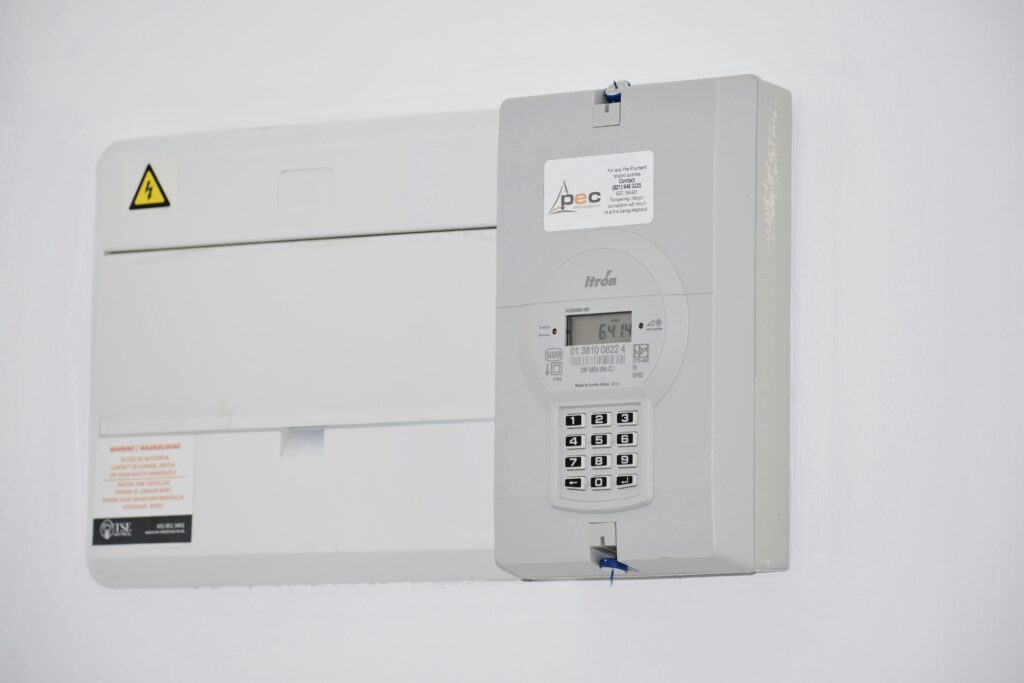Karen Lefkowitz
Poolesville Green column for the Monocacy Monocle, March 2024
If you are considering installing solar energy at your home you may encounter the term ‘net energy meter’, or ‘net capable meter’. It will be useful to understand what a net energy meter is and what it means.
Most people install solar generation at their house to reduce their use of utility-supplied electricity. For these solar installations, (sometimes referred to as ‘behind-the-meter systems) to be able to accept energy from the grid when it is needed, the solar system must be connected to a utility-supplied, net energy meter (often referred to as NEM). This is often called the interconnection.
A net energy meter measures energy that flows in both directions – from the grid to your house and from your house to the grid. The difference between the two is called the net energy use. It is important to note that the net energy meter does not measure the total output from your solar energy system. The solar energy system first feeds into your house and appliances and the net energy meter only measures the unused excess energy that flows from your house to the grid.
And if you are surprised that you would still need to receive energy from the grid, consider that the sun doesn’t always shine! In fact, every day the sun sets, and no more solar energy is produced. And in this part of the country, it is not unusual to have varying amounts of sunshine every day. So, unless you have a sizable battery storage system (a subject for a different article) along with your solar energy system, you can expect to use some utility-supplied energy almost every day, and a more substantial amount on days when you are running high-usage appliances – like a central air conditioner on our hot, muggy summer days. But it is not unreasonable to have a home solar energy system that will net to zero over the course of a year, meaning that over a years’ time, you will produce close to what you use. Of course, this is highly dependent on your personal usage and the amount of solar energy you choose to install.
The net meter is used to determine what your monthly bill will be. Since your utility will still deliver energy to you when you need it, your energy bill reflects the energy delivered by the utility, and the credits you receive when your solar energy system produces more energy than you use. Every State has its own rules regarding how all of this is reflected in your bill, so you should consult with your local utility to determine exactly how your bill will look after you have installed a solar energy system. Generally, you will be able to see ‘negative’ energy consumption. This represents the amount of energy your solar energy system produced, in excess of what your home used. Some utilities give you the option of either carrying forward this excess energy to offset the energy that you get from the utility and doing a ‘true-up’ once a year, or to settle that difference monthly. Again, you should check with your local utility to find out how that is handled.

